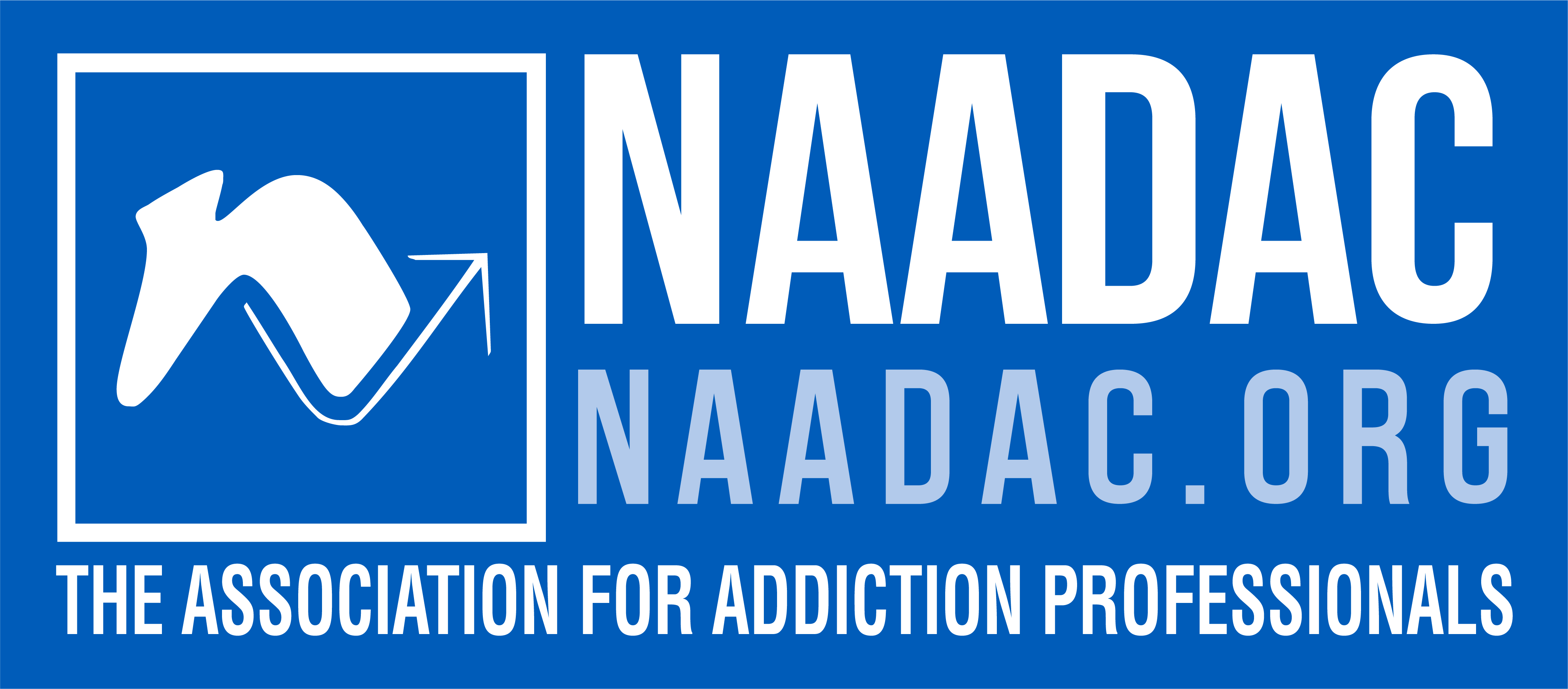Neuropathy, a condition resulting from nerve damage, can lead to chronic pain, numbness, and mobility issues. Managing this condition requires a tailored approach that balances pain relief with long-term health considerations. Opioids have historically been used for neuropathic pain, but their effectiveness and risks continue to be debated in the medical community. This blog explores the relationship between opioids and neuropathy, alternative treatments, and the latest advancements in pain management.
Understanding Neuropathy and Its Causes
Neuropathy arises when peripheral nerves are damaged, leading to symptoms such as tingling, burning pain, and muscle weakness. Common causes include:
- Diabetes – The leading cause of neuropathy, often referred to as diabetic neuropathy.
- Autoimmune Diseases – Conditions like lupus or rheumatoid arthritis.
- Infections – Shingles, Lyme disease, and HIV/AIDS can trigger nerve damage.
- Toxic Exposure – Certain chemicals, including those found in chemotherapy, can contribute to nerve damage.
- Medications – Some prescription drugs, including certain antibiotics and chemotherapy agents, may cause neuropathy.
- Alcoholism – Chronic alcohol use can result in nerve damage over time.
- Nutritional Deficiencies – Lack of essential vitamins, particularly B vitamins, can lead to nerve damage and neuropathy symptoms.
- Chronic Kidney Disease – Can cause uremic neuropathy due to the buildup of toxins in the blood.
Do Opioids Help with Neuropathic Pain?
Opioids have long been prescribed for various types of pain, including neuropathic pain. However, their effectiveness for neuropathy is controversial. Unlike inflammatory pain, nerve pain originates from dysfunctional nerve signaling, which opioids do not directly target.
Common Opioids Used for Neuropathy:
- Hydrocodone – Sometimes prescribed for nerve pain but not a first-line treatment.
- Oxycodone – May provide relief in severe cases but can lead to tolerance and dependence.
- Tramadol – A weaker opioid that has mixed results in neuropathic pain relief.
While opioids may offer temporary relief, they do not address the underlying nerve dysfunction and can lead to serious side effects, including dependency and increased pain sensitivity over time (opioid-induced hyperalgesia).
Safer and More Effective Treatments for Neuropathy
Given the risks associated with opioids, medical professionals often recommend alternative treatments that address both pain relief and nerve health.
Medications for Neuropathic Pain
- Gabapentin and Pregabalin – Anticonvulsants that calm overactive nerve signaling.
- Duloxetine and Amitriptyline – Antidepressants that can help manage neuropathic pain.
- Topical Treatments – Lidocaine patches and capsaicin creams offer localized pain relief.
- Non-Opioid Pain Relievers – NSAIDs and acetaminophen may help in mild cases.
- Journavx (suzetrigine) – A newly FDA-approved non-opioid prescription medication designed for moderate to severe acute pain. Approved in January 2025, Journavx is the first non-opioid pain medication to receive FDA approval in over 20 years, marking a significant advancement in pain management options.
Lifestyle Adjustments and Natural Remedies
- Balanced Diet – Nutrient-rich foods, including those high in B vitamins, support nerve function.
- Physical Activity – Low-impact exercises like swimming and yoga improve circulation and reduce pain.
- Acupuncture and Physical Therapy – Alternative therapies that may reduce nerve pain.
- Herbal Remedies – Alpha-lipoic acid, turmeric, and omega-3 fatty acids have shown promise in managing symptoms.
- Stress Management – Techniques such as meditation and deep breathing can help reduce nerve pain exacerbated by stress.
New Treatments for Neuropathy in 2024 and Beyond
Medical advancements continue to provide new hope for individuals with neuropathy. Some of the latest treatments include:
- Nerve Stimulation Devices – Implanted or external devices that send electrical impulses to modulate pain.
- Regenerative Medicine – Stem cell therapy and platelet-rich plasma injections show promise in nerve repair.
- Gene Therapy – Emerging research explores modifying genes to reduce nerve pain.
- New Non-Opioid Medications – The recent approval of Journavx (suzetrigine) by the FDA highlights a shift toward non-opioid pain relief options.
- Magnetic Stimulation Therapy – Recent studies suggest transcranial magnetic stimulation (TMS) may help with nerve pain regulation.
- Cryotherapy – Cold therapy techniques are being explored for their potential in reducing nerve inflammation and pain.
Frequently Asked Questions
What is the best pain relief for neuropathy?
The most effective treatments vary but often include anticonvulsants (gabapentin, pregabalin), antidepressants (duloxetine), and non-opioid pain relievers like Journavx. Lifestyle modifications and nerve stimulation devices also play a role in long-term management.
Does hydrocodone help nerve pain?
Hydrocodone is sometimes prescribed for neuropathy, but it is not the preferred first-line treatment due to its potential for dependency and limited effectiveness in treating nerve-related pain.
What is the new treatment for neuropathy in 2024?
Innovations such as nerve stimulation devices, regenerative medicine, and non-opioid medications like Journavx are gaining traction as safer and more effective alternatives to opioids.
What aggravates neuropathy?
Factors that can worsen neuropathy include high blood sugar levels, excessive alcohol consumption, prolonged inactivity, and certain medications.
Can oxycodone make neuropathy worse?
Long-term opioid use, including oxycodone, can lead to increased pain sensitivity (opioid-induced hyperalgesia), making nerve pain worse over time.
What should you not do if you have neuropathy?
Avoid excessive alcohol, smoking, high-sugar diets, and prolonged pressure on affected limbs to prevent worsening symptoms.
What stops nerve pain immediately?
Immediate relief strategies include topical lidocaine, ice packs, and short-term use of prescription medications. However, addressing the underlying cause is key to long-term relief.
Are there new non-opioid medications for neuropathic pain?
Yes, the FDA has approved Journavx (suzetrigine), a non-opioid pain medication, in 2025. This represents a major breakthrough in pain management, providing relief without the risks associated with opioids.
Conclusion
While opioids have historically been used to manage neuropathic pain, their long-term effectiveness and safety concerns make them a less favorable option. Instead, newer treatments, lifestyle adjustments, and non-opioid medications like Journavx provide a more sustainable path to pain management. Each patient’s treatment should be tailored to their unique needs, balancing immediate relief with long-term well-being.
If you or a loved one is struggling with opioid dependence due to chronic pain management, professional medical detoxification may be the best path forward. Contact a healthcare professional to explore the safest and most effective treatment options available.
- NIH – Treatment of Neuropathic Pain : Neuropathic pain is defined by The International Association for the Study of Pain (IASP) as pain following a primary lesion or dysfunction of the nervous system.
- FDA – FDA Approval of Suzetrigine (Journavx) : First Drug Approved in New Class of Non-Opioid Pain Medicines; Agency Continues to Take Steps to Support New Approaches for Pain Management.
- NIH – Alternatives to Opioids for Managing Pain : The subject of alternatives to opioids for managing pain is a complex and evolving topic that continues to grow in importance.














